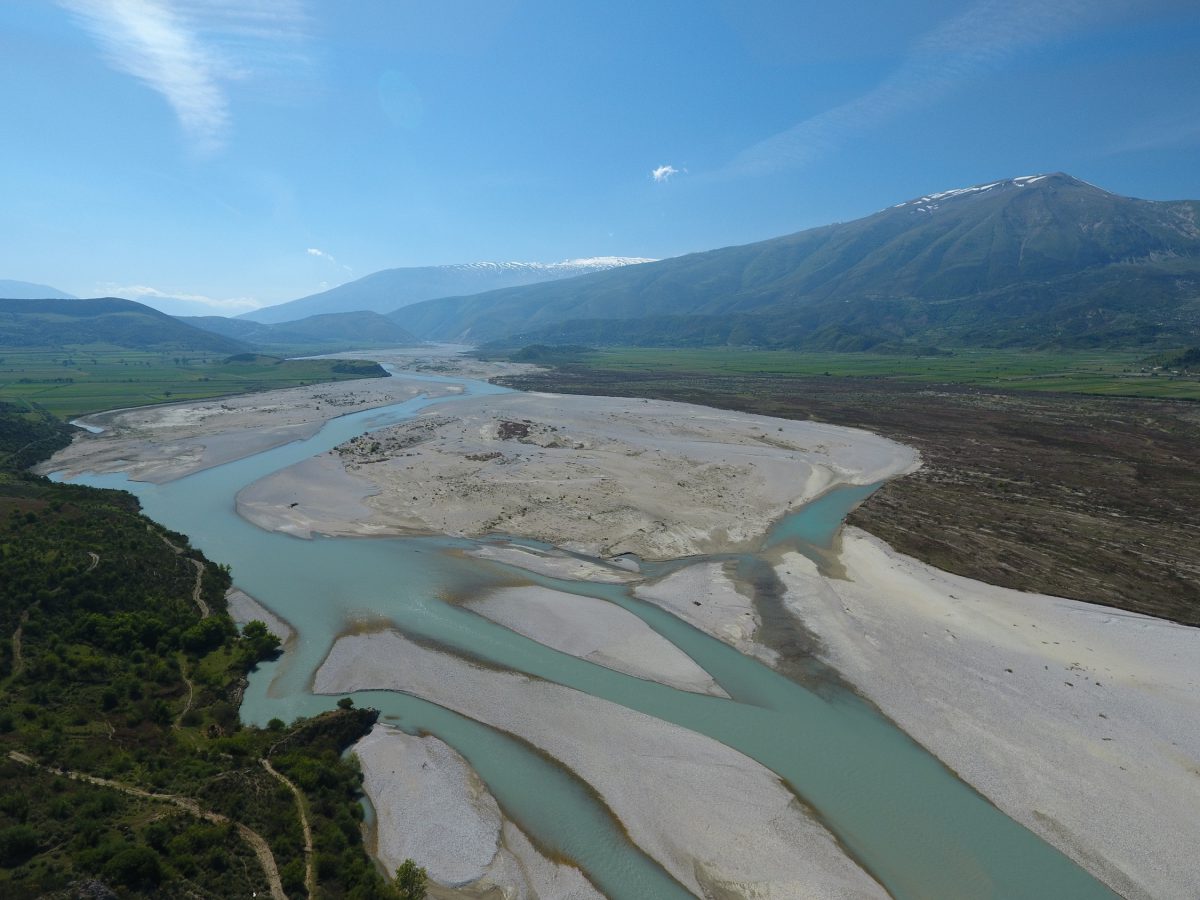IISD has completed its SAVi assessment for two large hydropower assets that are being built on the Vjosa River, which is Europe’s last free flowing river. These assets involve the Kalivaç project of 111 megawatts (MW) and the Poçem project of 102 MW. Stakeholders are concerned that these projects are causing unacceptable levels of environmental and social damage to the river and its surroundings. The assessment came about following discussions with local authorities and Eco Albania.
Read the digital story Why Albania Should Shift Away From Hydropower And Preserve The Last Free-Flowing River In Europe (English | Shqip)
SAVi was applied to calculate the costs of environmental, social and economic externalities caused by these two projects currently being developed on the Vjosa River, as well as the project performance should climate change risks materialize. The assessment results presented in this report inform the public debate on the environmental and societal costs of hydropower and shed light on economic concerns of hydropower performance. Results are compared to the performance of a hypothetical solar PV system and a hypothetical onshore wind farm.
The SAVi results demonstrate that the two hydro assets imply considerable trade-offs, given the adverse effects on communities, economic sectors such as agriculture and tourism, and ecosystems along the Vjosa River. The results of the cost-benefit analysis amount to negative EUR 233 million and negative EUR 321 million for the Poçem and Kalivaç assets, respectively.
The same conclusions can be drawn from assessing the levelized cost of electricity (LCOE). Under conventional calculations, the cost per MWh of electricity would be between EUR 121 (Poçem) and almost EUR 158 (Kalivaç). When integrating the valued externalities into the LCOE, the cost per MWh of electricity would increase to EUR 184 and EUR 203, respectively. Once accounting for the impacts of materialized climate change risks, the integrated LCOEs of both hydro assets increase even further.
The financial analysis results of the two hydro assets highlight that supplying electricity to the domestic market alone will not be sufficient to make the assets financially attractive because of a market environment that promises relatively low electricity offtake prices. This is indicated by a project internal rate of return (IRR) for both hydro assets of 9.32% in a conventional scenario, which is below the assumed hurdle rate of 13.5%. The project IRR drops to 3.15% if the calculated costs for sediment dredging are considered and turns negative if the monetary value of externalities is internalized.
The SAVi assessment is available on the IISD library.
